Advertisements
Advertisements
प्रश्न
Prove that in an isosceles triangle any of its equal sides is greater than the straight line joining the vertex to any point on the base of the triangle.
उत्तर
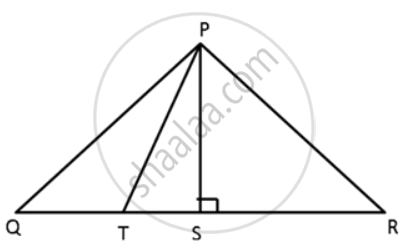
Let the triangle be PQR.
PS QR, the straight line joining vertex P
to the line QR.
To prove : PQ > PT and PR > PT
In ΔPSQ,
PS2 + SQ2 = PQ2 ....(Pythagoras theroem)
PS2 = PQ2 - SQ2 ....(i)
In ΔPST,
PS2 + ST2 = PT2 ....(Pythagoras theroem)
PQ2 - SQ2 = PT2 - ST2 ....(ii)
PQ - (ST + TQ)2 = PT2 - ST2 ....[from (i) and (ii)]
PQ2 - (ST2 - 2ST x TQ + TQ2) = PT2 - ST2
PQ2 - (ST2 - 2ST x TQ - TQ2 = PT2 - ST
PQ2 - PT2 = TQ2 + 2ST x TQ
PQ2 - PT2 = TQ x (2ST + TQ)
As, TQ x (2ST + TQ) > 0 always.
PQ2 - PT2 > 0
PQ2 > PT2
PQ > PT
Also, PQ = PR
PR > PT.
APPEARS IN
संबंधित प्रश्न
In a huge park people are concentrated at three points (see the given figure):

A: where there are different slides and swings for children,
B: near which a man-made lake is situated,
C: which is near to a large parking and exit.
Where should an ice-cream parlour be set up so that maximum number of persons can approach it?
(Hint: The parlor should be equidistant from A, B and C)
If two sides of a triangle are 8 cm and 13 cm, then the length of the third side is between a cm and b cm. Find the values of a and b such that a is less than b.
D is a point in side BC of triangle ABC. If AD > AC, show that AB > AC.
Name the greatest and the smallest sides in the following triangles:
ΔABC, ∠ = 56°, ∠B = 64° and ∠C = 60°.
Name the greatest and the smallest sides in the following triangles:
ΔDEF, ∠D = 32°, ∠E = 56° and ∠F = 92°.
ΔABC is isosceles with AB = AC. If BC is extended to D, then prove that AD > AB.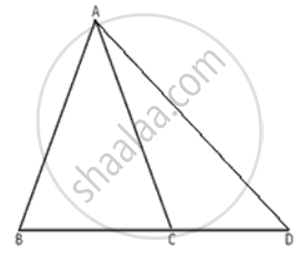
In the given figure, ∠QPR = 50° and ∠PQR = 60°. Show that: SN < SR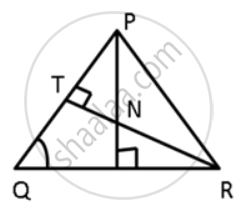
In ΔPQR, PS ⊥ QR ; prove that: PQ > QS and PQ > PS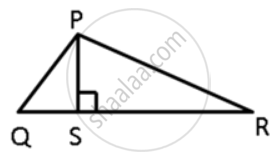
In ΔPQR, PS ⊥ QR ; prove that: PQ > QS and PR > PS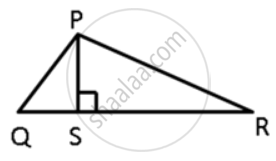
In ΔABC, D is a point in the interior of the triangle. Prove that DB + DC < AB + AC.
